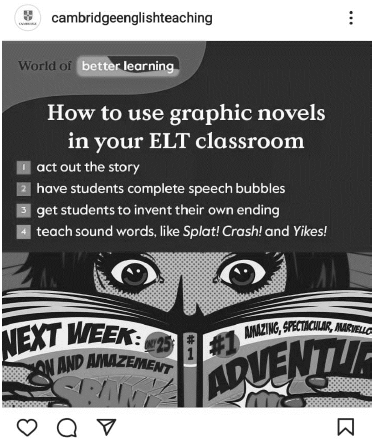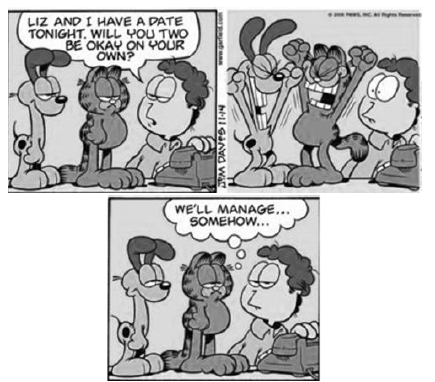Questões de Concurso
Comentadas para sead-ap
Foram encontradas 967 questões
Resolva questões gratuitamente!
Junte-se a mais de 4 milhões de concurseiros!

Fonte: Instagram #cambridgeenglishteaching

Fonte: Instagram #cambridgeenglishteaching

Fonte: Instagram #cambridgeenglishteaching
In viewing this Instagram photo, the teacher will realize that
items 2 and 3 involve mostly
The text below refers to question that follow it.

https://br.pinterest.com/pin/211669251227515501/
The text below refers to question that follow it.

https://br.pinterest.com/pin/211669251227515501/
( ) The concept of critical literacy lacks precise definition.
( ) Functional and critical literacies have similar aims.
( ) Classroom practices based on critical literacy vary.
The statements are, respectively:
As fronteiras delimitam os territórios e foram instrumentalizadas pelo poder político como linhas de ruptura, principalmente a partir da constituição dos Estados-nação na Europa Ocidental.
A partir da 2ª Guerra Mundial, as fronteiras sofreram significativas mudanças. Sobre essas mudanças, analise as afirmativas a seguir.
I. A ideia de fronteira e suas representações evoluiu a partir da intensificação dos fluxos eletrônicos. II. A “cortina de ferro”, a linha de ruptura que separou dois blocos, foi definida a partir de doutrinas econômicas e ideológicas opostas. III. O conceito de fronteira como linha de ruptura foi abalado à medida que se desenvolveu a construção da unidade europeia.
Está correto o que se afirma em
Sobre as condições que dificultaram a integração dos países latino-americanos, assinale a afirmativa correta.